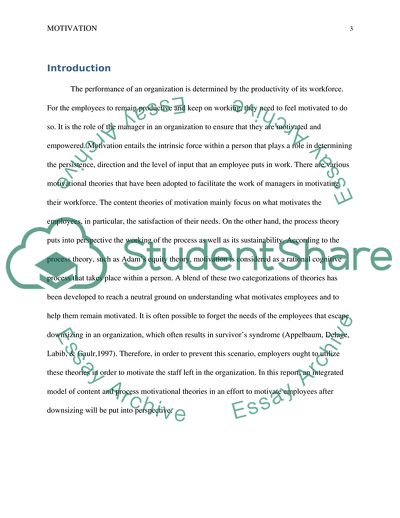Cite this document
(What Motivates Employees Report Example | Topics and Well Written Essays - 1500 words, n.d.)
What Motivates Employees Report Example | Topics and Well Written Essays - 1500 words. https://studentshare.org/marketing/1836095-motivation-report
What Motivates Employees Report Example | Topics and Well Written Essays - 1500 words. https://studentshare.org/marketing/1836095-motivation-report
(What Motivates Employees Report Example | Topics and Well Written Essays - 1500 Words)
What Motivates Employees Report Example | Topics and Well Written Essays - 1500 Words. https://studentshare.org/marketing/1836095-motivation-report.
What Motivates Employees Report Example | Topics and Well Written Essays - 1500 Words. https://studentshare.org/marketing/1836095-motivation-report.
“What Motivates Employees Report Example | Topics and Well Written Essays - 1500 Words”. https://studentshare.org/marketing/1836095-motivation-report.


